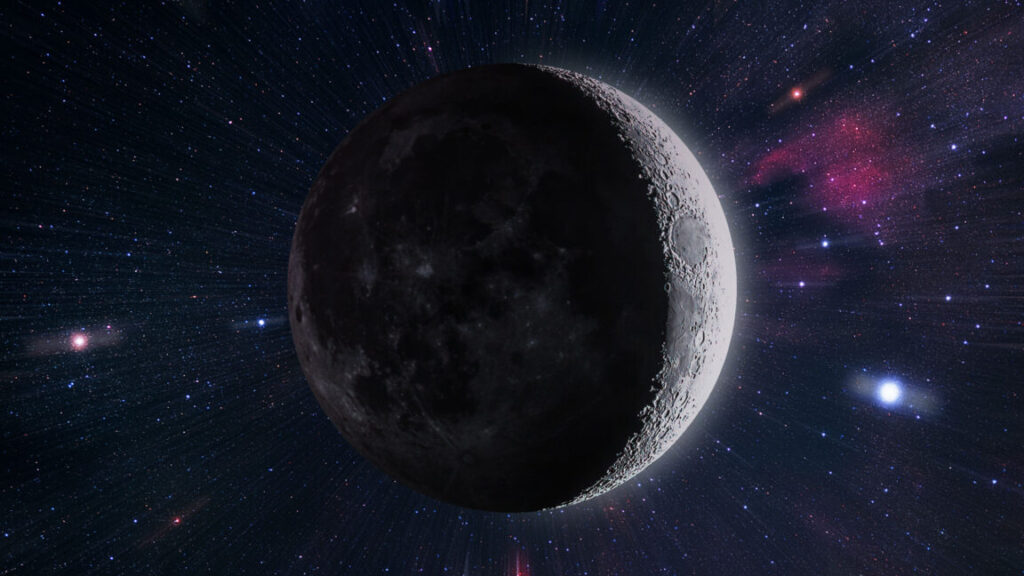Second, there was a time, within the first few hundred million years after the Big Bang, before stars and galaxies had even formed. Dubbed the “cosmic dark ages,” this time naturally makes for a challenging astronomical target because there weren’t exactly a lot of bright sources to generate light for us to look at.
But there was neutral hydrogen. Most of the Universe is made of hydrogen, making it the most common element in the cosmos. Today, almost all of that hydrogen is ionized, existing in a super-heated plasma state. But before the first stars and galaxies appeared, the cosmic reserves of hydrogen were cool and neutral.
Neutral hydrogen is made of a single proton and a single electron. Each of these particles has a quantum property known as spin (which kind of resembles the familiar, macroscopic property of spin, but it’s not quite the same—though that’s a different article). In its lowest-energy state, the proton and electron will have spins oriented in opposite directions. But sometimes, through pure random quantum chance, the electron will spontaneously flip around. Very quickly, the hydrogen notices and gets the electron to flip back to where it belongs. This process releases a small amount of energy in the form of a photon with a wavelength of 21 centimeters.
This quantum transition is exceedingly rare, but with enough neutral hydrogen, you can build a substantial signal. Indeed, observations of 21-cm radiation have been used extensively in astronomy, especially to build maps of cold gas reservoirs within the Milky Way.
So the cosmic dark ages aren’t entirely dark; those clouds of primordial neutral hydrogen are emitting tremendous amounts of 21-cm radiation. But that radiation was emitted in the distant past, well over 13 billion years ago. As it has traveled through the cosmic distances, all those billions of light-years on its way to our eager telescopes, it has experienced the redshift effects of our expanding Universe.


